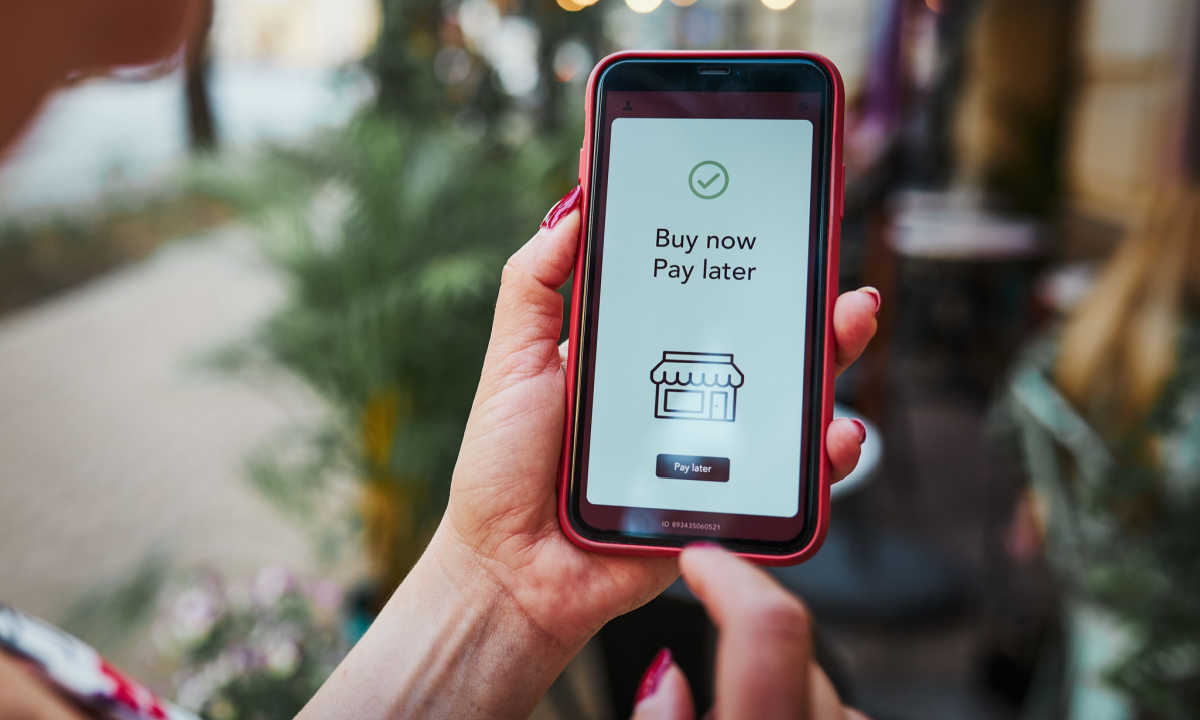
As retailers scramble to capture every holiday dollar they can with aggressive markdowns and sales, paying for those purchases continues to see buy now, pay later (BNPL) as the favored go-to solution.
Much is told in the present fate of two point-of-sale finance giants, PayPal and Block’s Afterpay. Both released third-quarter 2022 earnings on Thursday (Nov. 4), and BNPL continues to figure prominently in each of those payments ecosystems, showing growth, albeit not without concerns about defaults.
During an earnings call with analysts, PayPal CEO Dan Schulman noted that 25 million consumers are now using its BNPL option, equating to “150 million different loans at over … 2.2 million unique merchants” with nearly $5 billion in Q3 volume, up 157% year-over-year.
Not included in Schulman’s prepared remarks is the fact that PayPal is seeing “a halo spend of greater than 20%, and 90% plus of that is incremental to us” from shoppers using PayPal installments, he said, an effect of trust in the brand combined with its checkout ubiquity, as he said in response to an analyst’s question.
While it’s been in the point-of-sale loan market for years with its Pay in 4 product, PayPal’s June 2022 launch of PayPal Pay Monthly issued by WebBank and designed for larger purchases is seen as further proof of demand for installments moving into a higher stratum of goods.
Schulman confronted the question of rising BNPL delinquencies as inflation worsened throughout 2022, saying “loss rates remain low and stable,” and adding, “The size of our active account base and the years of transaction data we have on our customers provides us with an additional competitive advantage from an underwriting perspective. As of the end of Q3, our loss rates remain among the lowest in the industry with no observable deterioration to date.”
See also: PayPal Claims Top Spot in BNPL as Q3 Volume Spikes 157%
Calling BNPL “an integral part of our checkout strategy,” Schulman added that “the ability to take buy now, pay later anywhere you want to shop, whether that be online or in-store, is a really exciting part of the evolution of buy now, pay later as part of being able to put a branded debit or credit card, PayPal or Venmo branded debit card into Apple Pay.
“We are also now linking our card strategy, which is a very important part of our in-store,” he said. “We are moving away from going heavy into QR and doing much more with cards.”
Block After Afterpay
Over at Block — previously known as Square — the acquisition of BNPL first mover Afterpay also pumped up sales volumes. “In the third quarter, our BNPL platform, which we acquired through the acquisition of Afterpay, contributed $150 million of gross profit, split across Square and Cash App,” Block Chief Financial Officer Amrita Ahuja said.
See also: Block Says Goal of Cash App Is To Be Primary Bank
Gross merchandise volume (GMV) from Block’s BNPL platform in Q3 came in at $5.4 billion, “up 10% year-over-year or 60% on a three-year CAGR basis,” Ahuja said. “We continue to see healthy consumer repayment behavior with more than 95% of installments paid on time.”
Recent PYMNTS research confirms the strength of BNPL, especially among younger demographics with less disposable income.
The study “Digital Economy Payments: November 2022 U.S. Edition — The Rise Of Mobile eCommerce,” finds that “Buy now, pay later (BNPL) — another way to customize payment experiences — has seen a fourfold increase in adoption, although credit and debit cards are still the payment methods of choice for most consumer purchases,” adding that “BNPL is one of the few payment methods to exhibit significant growth in 2022, accounting for 4.5% of non-grocery retail purchases during Q3 2022, but just 1% during Q4 2021.”
Get your copy: Digital Economy Payments: November 2022 U.S. Edition — The Rise Of Mobile eCommerce
For all PYMNTS retail coverage, subscribe to the daily Retail Newsletter.